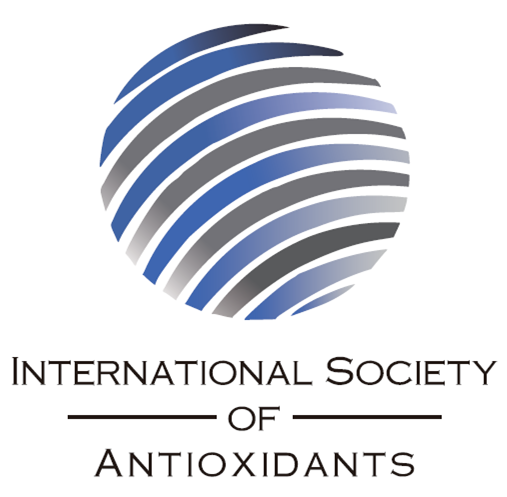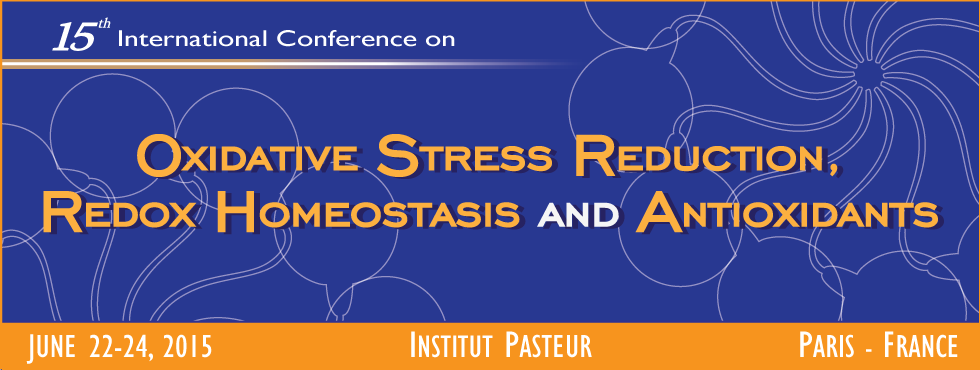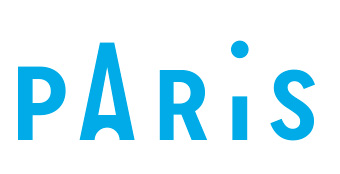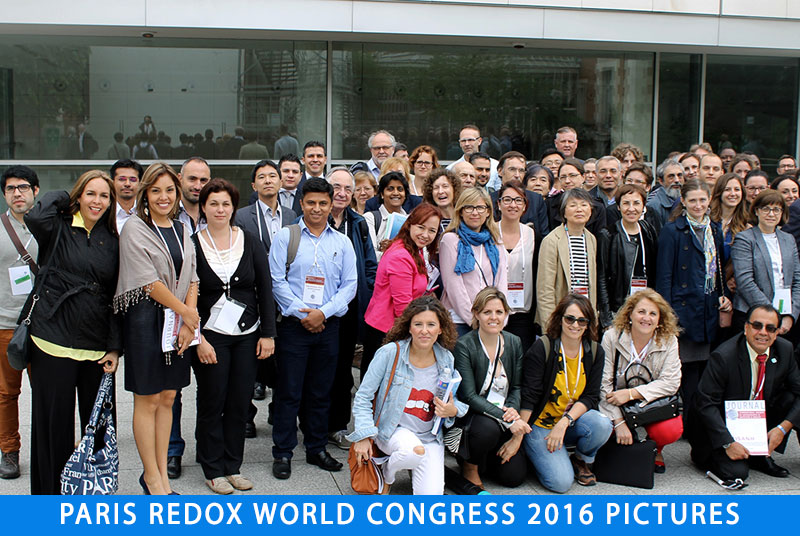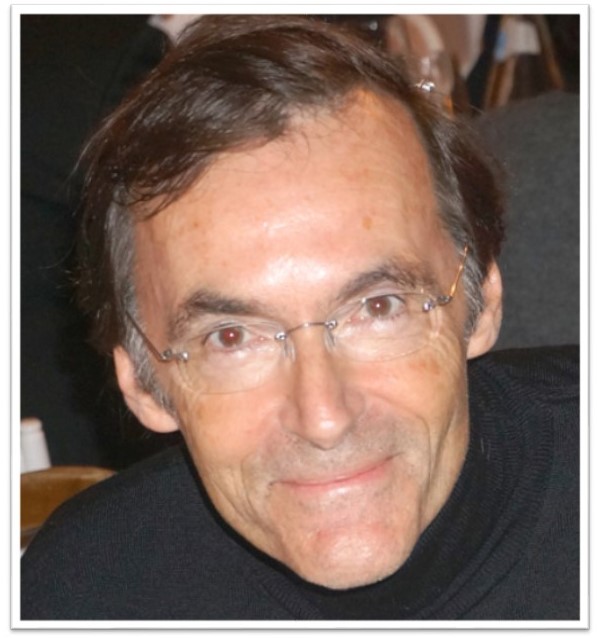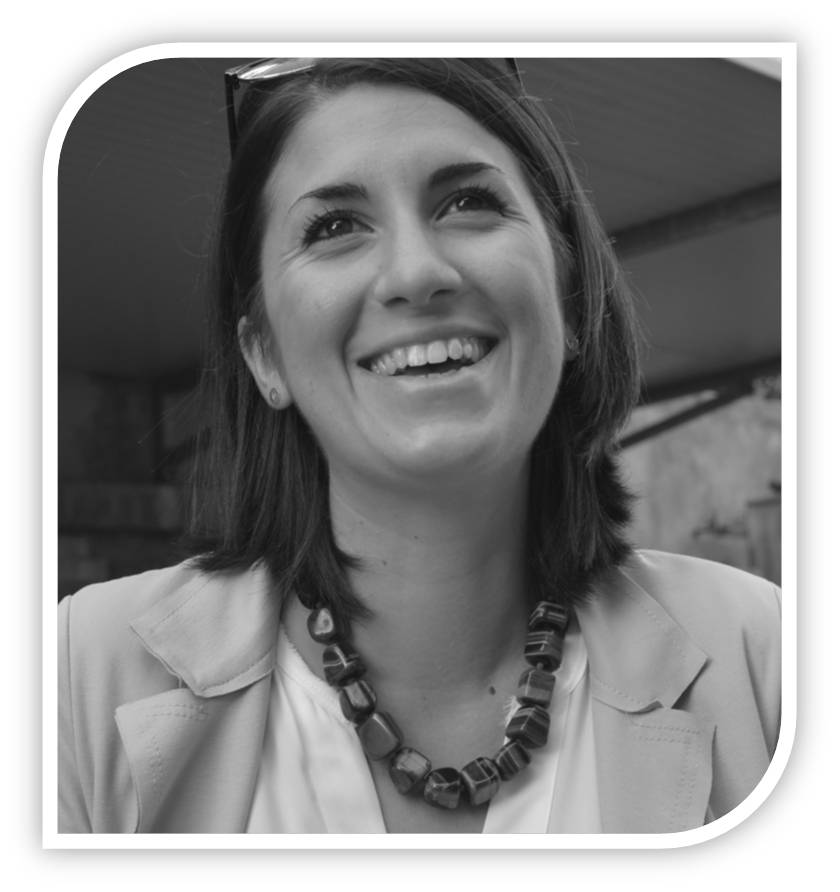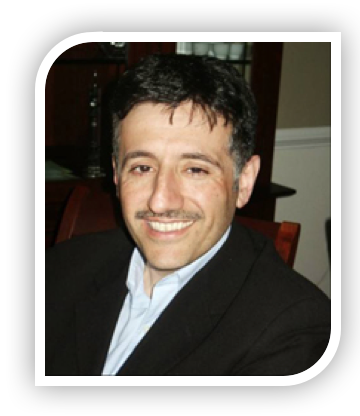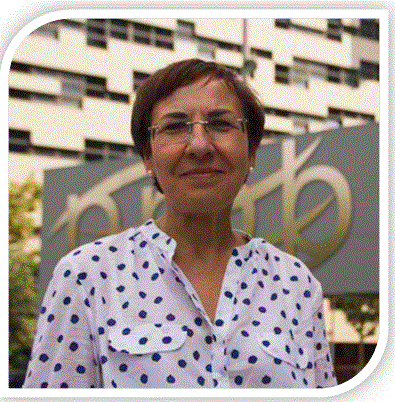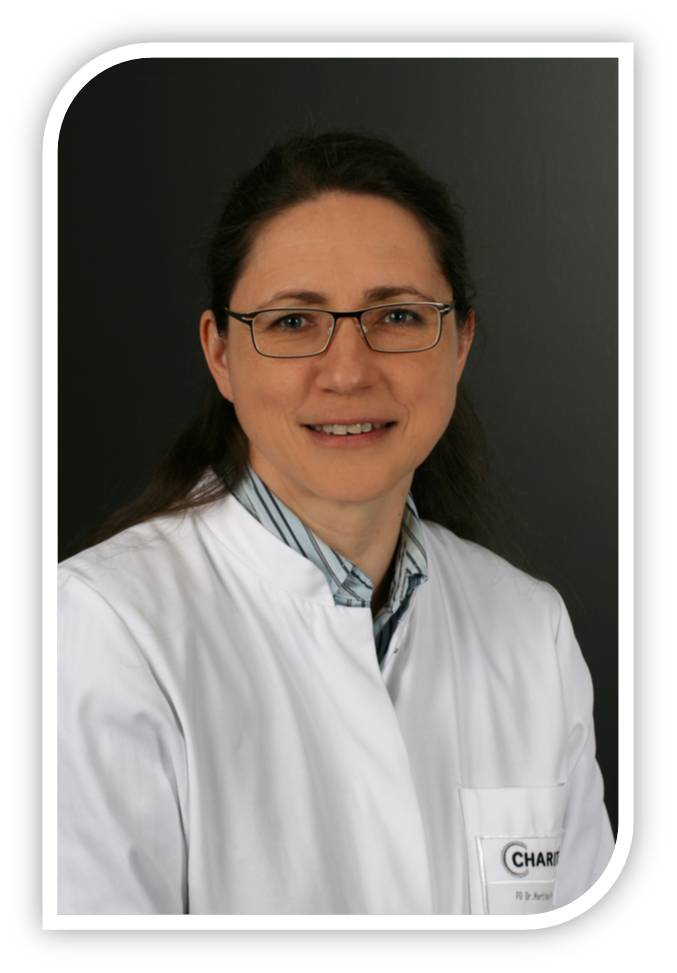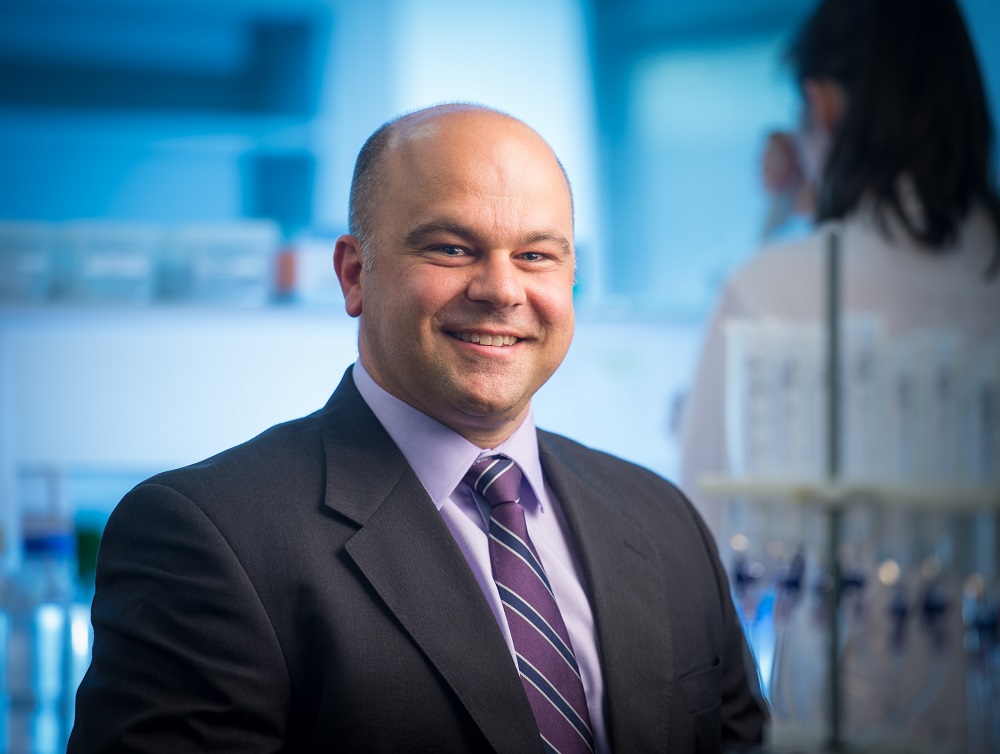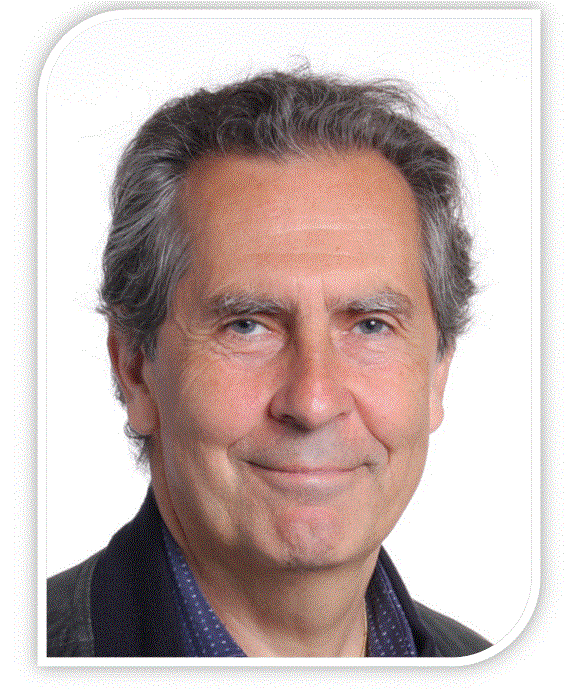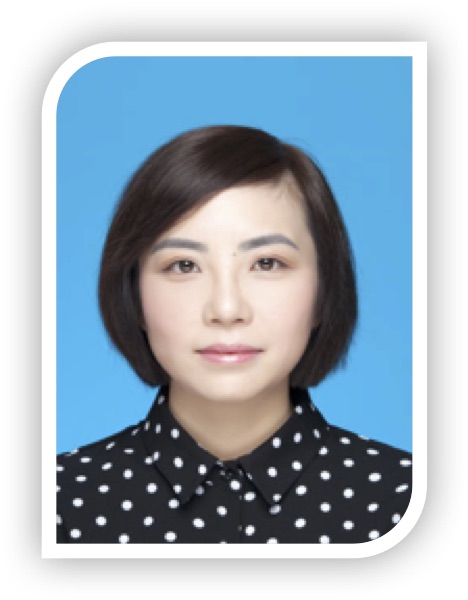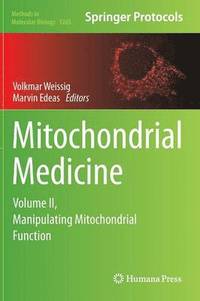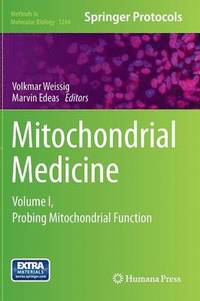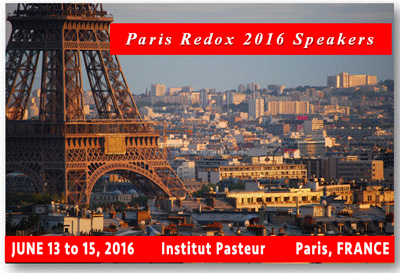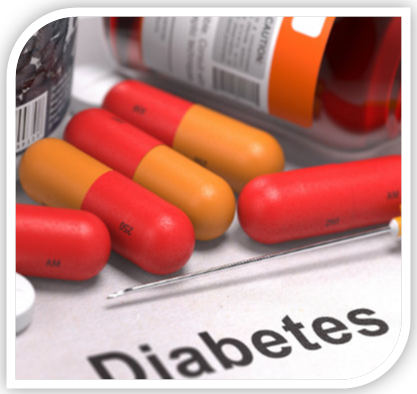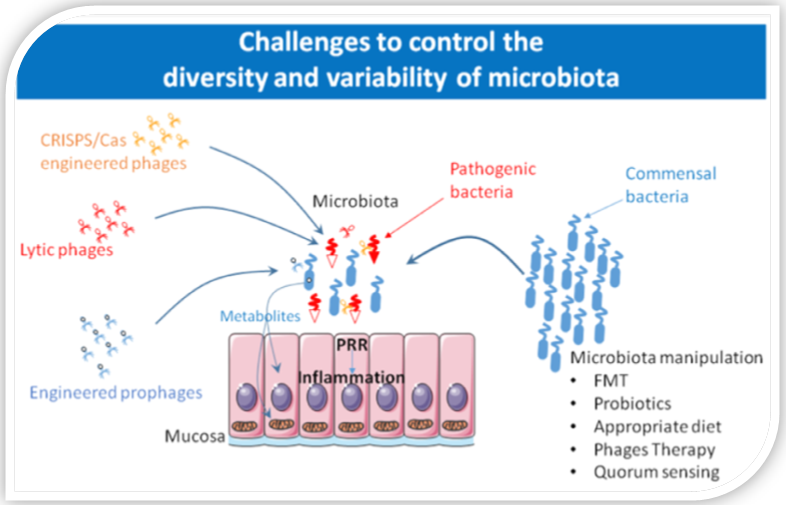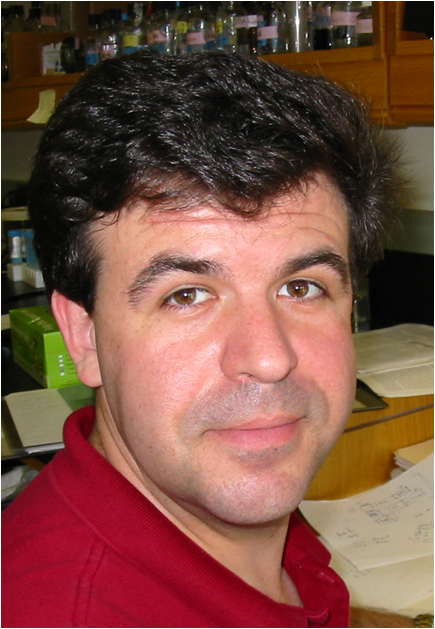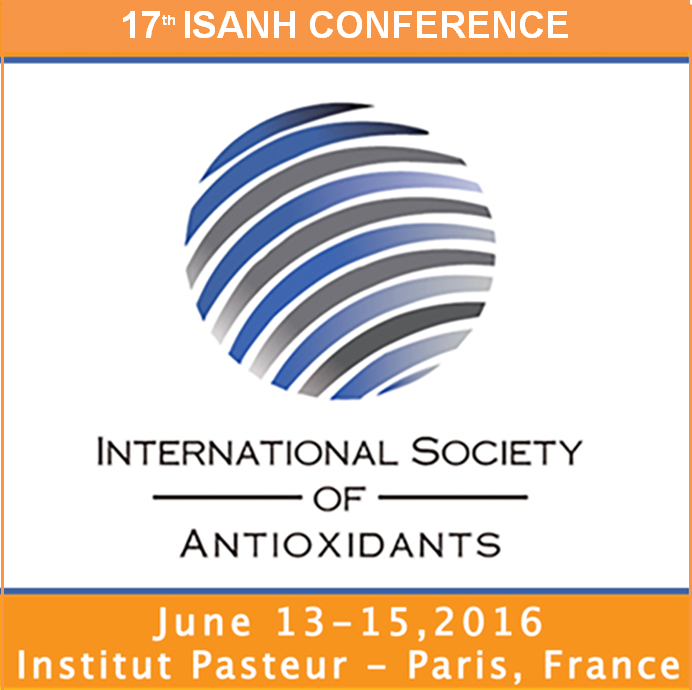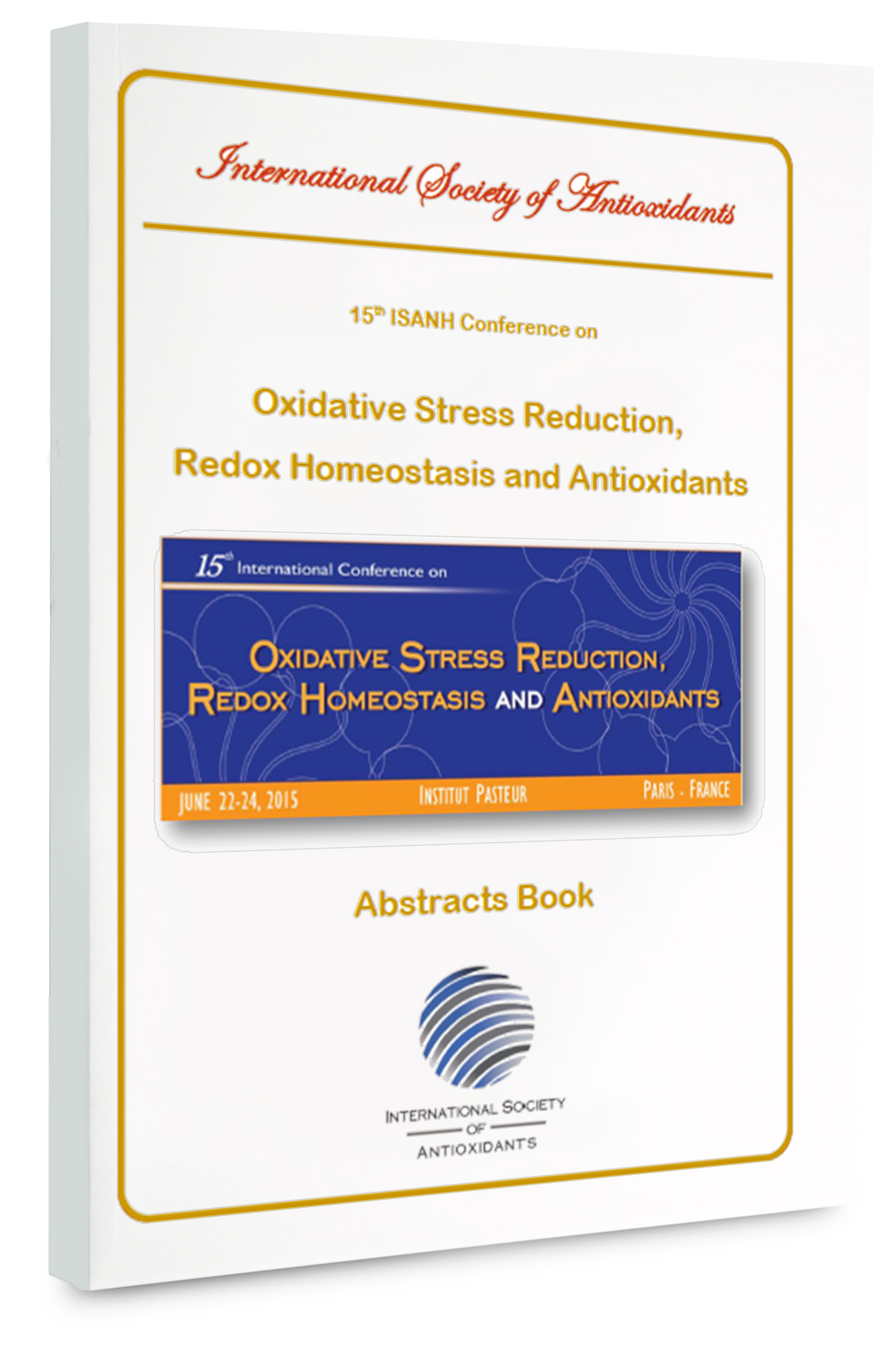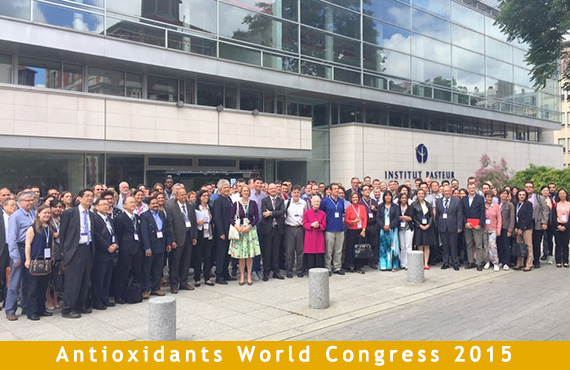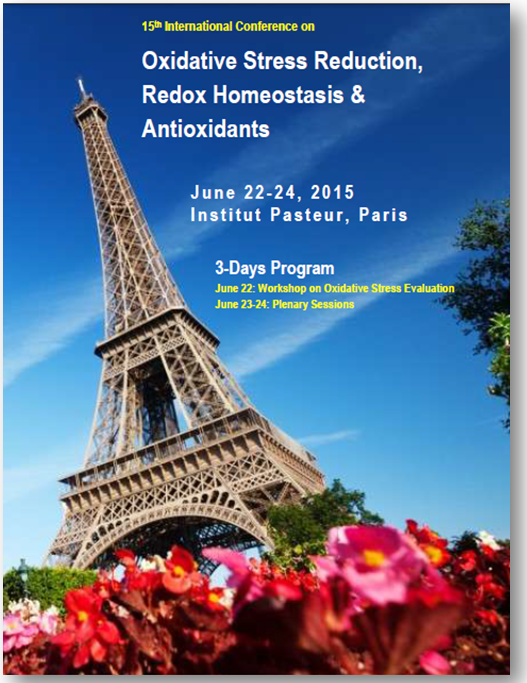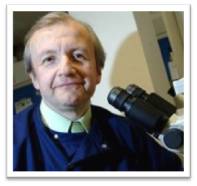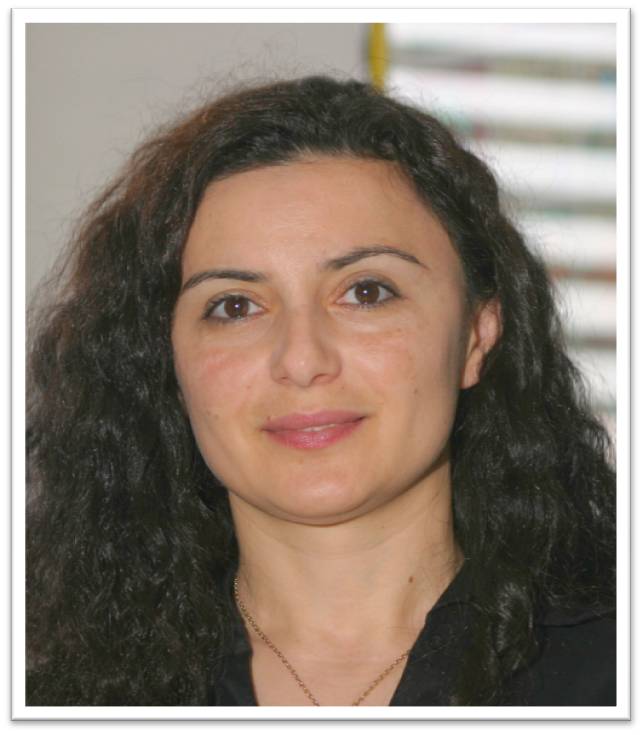Pr Radman, Dr Lim and Dr Suvorova were awarded during Paris Redox 2015
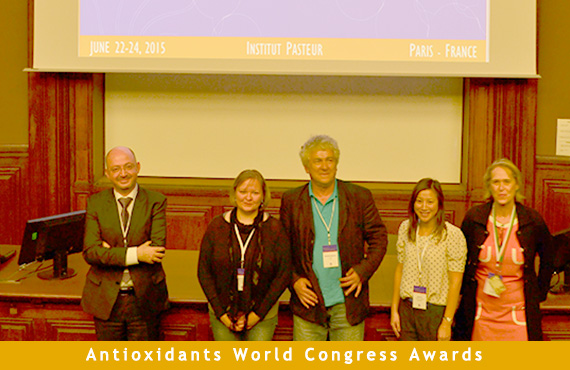 The 15th International Conference on Oxidative Stress Reduction, Redox Homeostasis & Antioxidants held at Pasteur Institute on June 22-24, 2015 was a huge success.
The 15th International Conference on Oxidative Stress Reduction, Redox Homeostasis & Antioxidants held at Pasteur Institute on June 22-24, 2015 was a huge success.
More than 300 academic and industrial participants coming from Europa, USA, South America, Australia, Asia & New Zealand gathered during this 3-days international congress.
At the end of the congress, three prestigious awards were discerned:
The Scientific Contribution Award was discerned to Pr Miroslav Radman.
Pr Miroslav Radman is Professor at Faculty of Medicine R. Descartes in Paris and director of INSERM U-1001 team. He founded the response to letal cellular stress and gave it his name.
Pr Miroslav Radman introduced and concluded ISANH Antioxidants World Congress and it was an honour for Pr Marvin Edeas & Dr Miria Ricchetti, chairpersons of the congress, to awarded him for his scientific contribution in the field of antioxidants and oxidative stress.
To access to more pictures about Pr Radman's award, please follow this link.
The Short Oral Presentation Award was discerned to Dr Julie Lim.
Dr Julie Lim, from University of Auckland, New Zeland was awarded for her short oral presentation about Oxidative Stress & Ageing Eye.
According her study, Dr Julie Lim explained: "With advancing age, oxidative stress results in redox imbalance and eye diseases which threaten the sight of the elderly. It is our hypothesis that the cystine/glutamate antiporter (CGAP) controls redox balance in the front of the eye by maintaining the cysteine to cystine concentration ratio. The generation of knockout mice which are deficient in xCT, the light chain subunit of CGAP that confers substrate specificity, has confirmed a role for CGAP in maintaining plasma cystine/cysteine redox balance in vivo. In this mouse, at 8 weeks of age, the absence of xCT results in significantly higher plasma cystine concentrations relative to cysteine, indicating that ageing may be accelerated in these mice. To test this, we have utilised these mice and conducted a series of clinical, biochemical and molecular assessments to determine the effects of global redox imbalance on ocular function. Our results indicate that mice lacking xCT are more susceptible to oxidative stress and the earlier onset of ocular pathologies. This mouse model will serve as an invaluable tool in the development and testing of intervention therapies targeted at restoring cysteine/cystine redox balance and thus delaying the onset of oxidative stress induced eye diseases.
To access to the pictures of Dr Julie LIms' award, please follow this link.
The Poster Presentation Award was discerned to Dr Tatsiana Suvorova.
Dr Tatsiana Suvorova from the Department of Cardiology, Pneumology and Angiology University Hospital Duesseldorf Moorenstr. in Germany was awarded for her poster presentation on the Impact of ENOS-Dependent Oxidative Stress on Endothelial Function and Neointima Formation.
According Dr Suvorava researches: "The objective of this study was to investigate the impact of eNOS-dependent vascular oxidative stress on endothelial function and on neointimal hyperplasia. For that, a dimer-destabilized mutant of bovine eNOS where cysteine 101 was replaced by alanine was cloned and introduced into an eNOS-deficient mouse strain (eNOS-KO) in an endothelial-specific manner. Destabilization of mutant eNOS in cells and eNOS-KO was confirmed by the reduced dimer/monomer ratio. Purified mutant eNOS and transfected cells generated less citrulline and NO, respectively, while superoxide generation was enhanced. In eNOS-KO introduction of mutant eNOS caused a 2.3-3.7-fold increase in superoxide and peroxynitrite formation in aorta and myocardium. This was completely blunted by a NOS-inhibitor. Nevertheless, expression of mutant eNOS in eNOS-KO completely restored maximal aortic endothelium-dependent relaxation to acetylcholine. Neointimal hyperplasia induced by carotid binding was much larger in eNOS-KO than in mutant eNOS-KO and C57BL/6, while the latter strains showed comparable hyperplasia. Likewise, vascular remodeling was blunted in eNOS-KO only. Conclusion eNOS-dependent oxidative stress unlikely induces functional vascular damage as long as concomitant generation of NO is preserved. This underlines the importance of current and new therapeutic strategies improving endothelial NO generation."
To access to more pictures about Dr Suvorova's award, please follow this link.
To access to all pictures of Paris Redox 2015, please click here.
You can order the abstracts book of the congress in a PDF file, including the abstracts of each speakers and posters by following this link.
For more information about ISANH Antioxidants World Congress: www.isanh.net
For more information, please visit www.isanh.net

